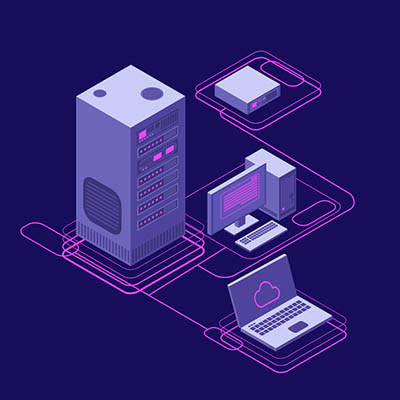It’s impossible to over-estimate the importance of data recovery. It can make or break your organization’s continuity plan and seriously jeopardize your future operations. Data loss can happen in a whole lot of ways. It just takes one of them to put your business at serious risk. Let’s take a look at operational data loss and data recovery strategies.
Your Data and its Value
Do you know how important your data is to your business? For most businesses, data is a fundamental asset. There’s even a field of study called infonomics that can estimate the dollar value of your business data. But most businesses don’t think of their data as an asset in this way. However, it’s becoming more and more evident that this is an important thing to do, as part of future planning and preparation.
This can also usefully be done for insurance and accounting purposes. Understanding the value of your data will alert you to just what an asset it is for your business, and how important a loss it can be if it’s lost or compromised. In other words, analysing your data’s value is a tool for improving the efficiency and profitability of your business. These are the questions you should ask when thinking about your data and its value.
• How much of your revenue depends on the data you hold?
• If you lost your data, how much capital would it cost to replace it?
• How much money could selling or renting your data bring in to your business?
• What are the costs of keeping this data protected and secure?In the digital age, data is the lifeblood of a business, and losing it can be catastrophic. It could be because of a fire, a hardware failure, user error or an attack by hackers. For disaster recovery, you need to have backups that you can restore.
Data Backup
Everyone knows the importance of backing up data. Quikteks Tech Support can equip your business with a backup solution. The principle of redundancy involves duplicating critical elements of your IT system so that a failure is never fatal. This includes storing backups both on- and off-site and ensuring that there are enough copies of your data in case of a disaster. BDR (backup disaster recovery) backs up the whole network, followed by incremental backups through the day. This keeps downtime and data loss to a minimum.
Disaster Recovery
What’s the best data recovery strategy? It’s one that never has to be used. That doesn’t mean it’s doing nothing. It presents value in case a problem arises. A dedicated recovery platform will take account of two things:
1. Recovery Point Objective (RPO). This is the time interval during a disruption before the amount of data lost exceeds the maximum that your business can manage to survive and carry on operating.
2. Recovery Time Objective (RTO). This is the window within which data or business process must be restored, before a business experiences a complete break in continuity – in short, shutdown.
A comprehensive disaster recovery strategy will help you to minimize the chances of your business suffering needlessly from a data loss catastrophe. To learn more, reach out to us at (973) 882-4644.

